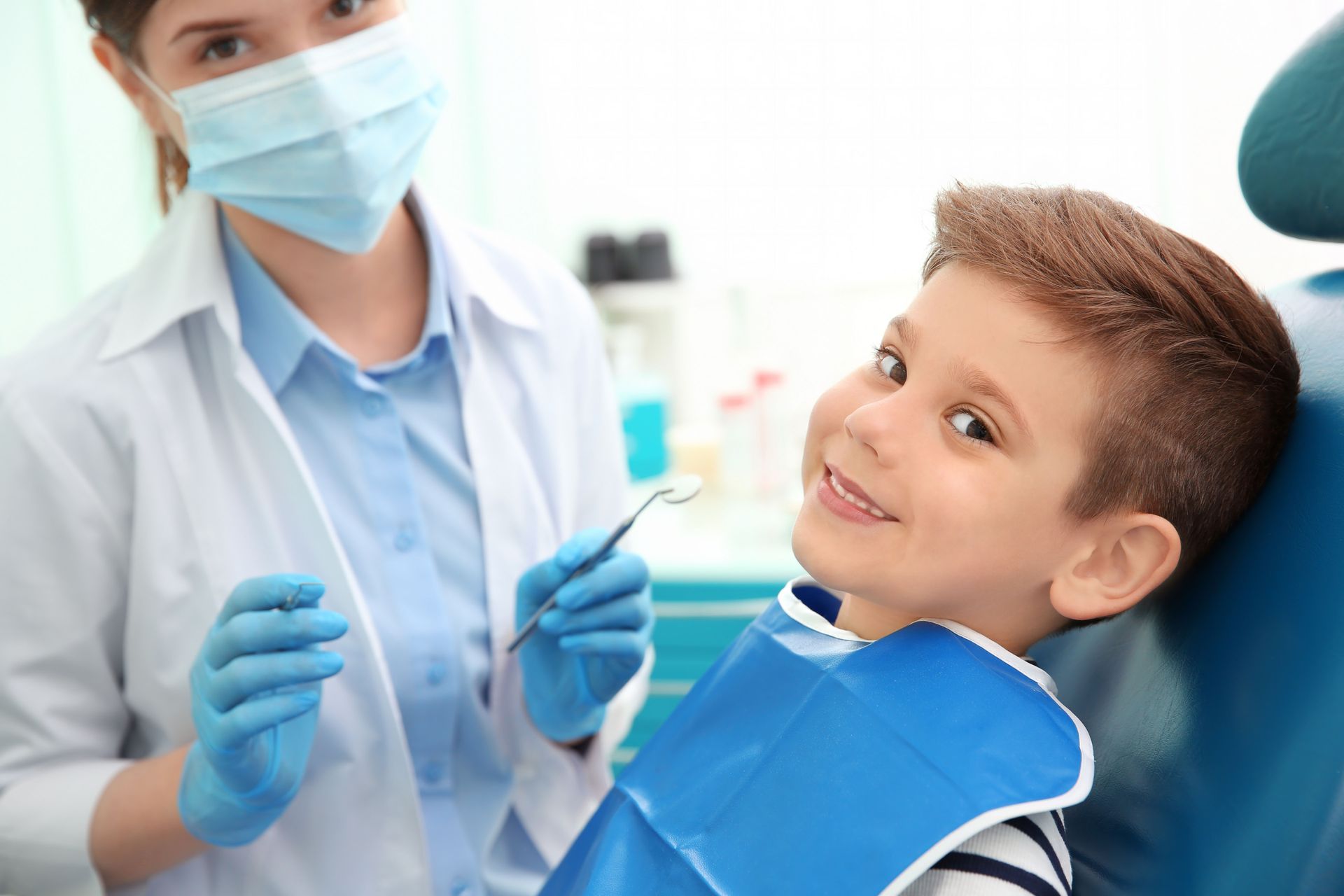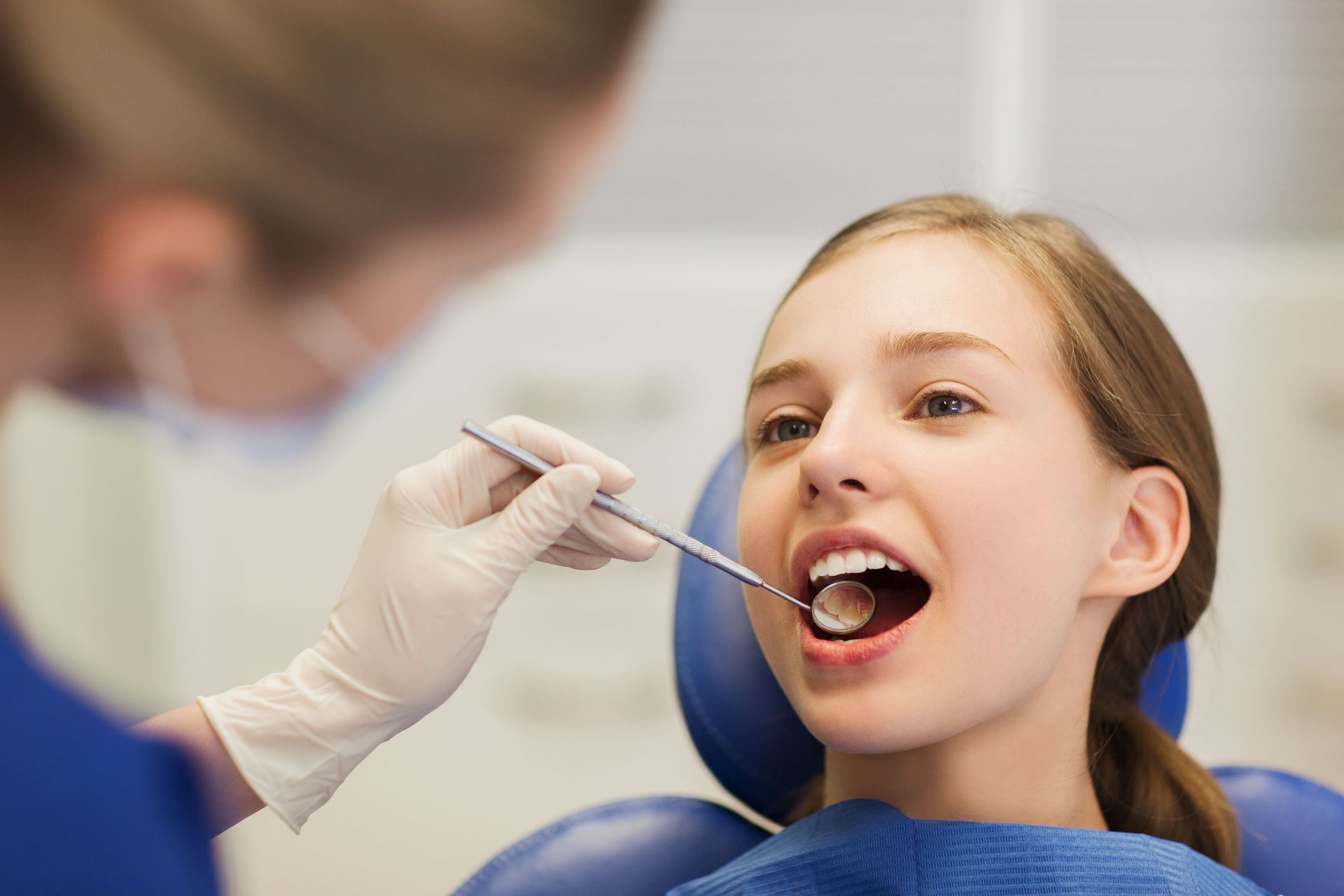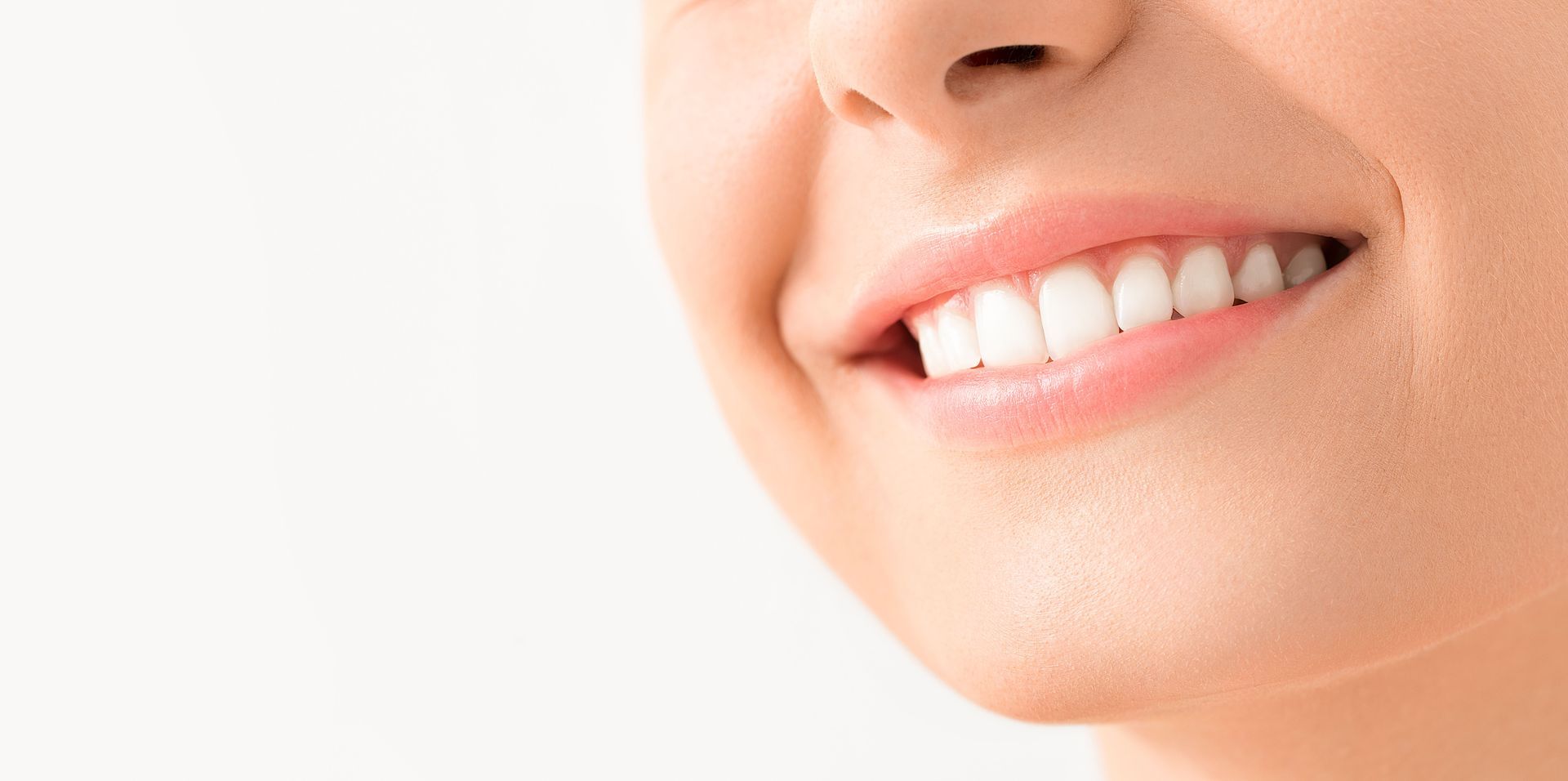3 Signs It's Time to Visit Your Dentist for Gum Disease Treatment
Do your gums sometimes bleed when you brush or floss your teeth? Have you noticed swelling or redness around your gums? These could be signs it's time to schedule an appointment with your dentist to get your gums checked out. Ignoring gum problems can allow them to progress into gum disease, which should be treated by a professional. Read on for three telling signs you should make a date with your dentist for gum disease treatment.
1. Ongoing Bleeding and Sensitivity
If your gums bleed occasionally after flossing, that’s usually nothing to worry about. But if you notice your gums bleeding consistently when you brush and floss, that likely means inflammation has set in. Inflamed gums tend to be more sensitive. If your gums are frequently red, swollen, tender and easily bleeding, don’t brush it off! These persistent symptoms could indicate gingivitis or early-stage gum disease. It’s important you make an appointment with your dentist to get the cause diagnosed and receive professional cleaning and treatment before more extensive damage is done.
2. Receding Gum Lines
As gum disease progresses, it can cause your gums to pull away from your teeth. This receding gum line exposes vulnerable tooth roots and allows more bacteria to take up residence. If you look in the mirror and see more of the yellowish tooth surfaces instead of healthy pink gum tissue, you must seek professional help. A receding gum line greatly raises your risk of irreversible gum and bone loss. An experienced
dentist can help halt and sometimes even reverse receding gums through deep cleanings and grafts.
3. Persistent Bad Breath
Having bad breath even right after you brush and floss could mean you have a gum infection brewing. The bacteria accumulating in the diseased gum tissue and the pockets around your teeth give off pungent odors. When you have gum disease, brushing and mouthwash only provide temporary relief from bad breath because bacteria continue to fester deeper inside your gums. If flossing also causes bad breath, you likely have advanced gum disease. Getting intensive treatment is the only way to tackle bad breath from a lingering gum infection at its source.
By keeping an eye out for these red flags, you can catch gum disease early and improve treatment outcomes. According to Dentaly, a recent study found that 15% to 20% of adults between the ages of 33 and 44 have some form of gum disease. If you're showing any of the signs above, reach out to Medical Center Dental, LLC to schedule a dental examination.











Share On: